Carnation Fusarium Wilt Info: How To Control Fusarium Wilt Of Carnations
Carnations have a rich and meaningful history, and are some of the oldest cultivated flowers. Despite their age old cultivation, carnations are susceptible to a number of issues, like fusarium wilt disease. The following article contains carnation fusarium wilt info on identifying fusarium of carnations and treating carnation fusarium wilt.
Symptoms of Carnations with Fusarium Wilt
Fusarium of carnations is caused by the pathogen Fusarium oxysporum. The initial symptoms of carnations with fusarium wilt are a slow wilting of shoots accompanied by leaf discoloration that gradually lighten the color from light green to pale yellow. The wilting and chlorosis is generally more evident on one side of the plant than the other.
As the disease progresses, the stems split, displaying a characteristic brown streaking or discoloration in the vascular tissue. Eventually, the root and stems rot and the plant dies.
As the disease advances, small spores (microconidia) are produced and carried up through the plant into the vascular system. This, in turn, interferes with water and nutrient absorption. As the plant dies, the fungus bursts through the plant and forms structures called sporodochia, which become airborne and infect soil and plants nearby.
Treating Carnation Fusarium Wilt
The development of fusarium wilt of carnations is fostered by extended periods of high temps. It can be spread through infected wounds by soil, water, wind and contaminated clothing, equipment, and tools. Proper sanitation is the best control method.
Sterilize tools and soil, and use clean gloves when handling the plants. Remove any diseased plants immediately.
The use of potting soils that contain peat or coir fiber seem to increase the incidence of the disease, so avoid using them. Instead, use a soil that has been amended with compost or manure, which seems to retard the development of carnation fusarium wilt disease. Ideally, select a soilless, sterile potting medium.
Gardening tips, videos, info and more delivered right to your inbox!
Sign up for the Gardening Know How newsletter today and receive a free copy of our e-book "How to Grow Delicious Tomatoes".
In the greenhouse, control of fungus gnats helps to prevent the spread of the disease. Also, in the greenhouse, be sure to properly sterilize potting benches.
If the disease has been a problem in the past, solarize the ground for 4-6 weeks during the hottest part of the summer. This will be helpful in reducing not only the incidence of fusarium wilt of carnations, but also of other soil borne pathogens and weeds.

Amy Grant has been gardening for 30 years and writing for 15. A professional chef and caterer, Amy's area of expertise is culinary gardening.
-
 Terrifically Tubular Flowers For Hummingbirds: 9 Tube-Flowered Plants To Attract Hummers
Terrifically Tubular Flowers For Hummingbirds: 9 Tube-Flowered Plants To Attract HummersGrowing tubular flowers for hummingbirds helps you create the optimum feeding conditions for your winged friends. Here are nine tubed delights for hummers
By Tonya Barnett
-
 How To Grow Hydroponic Tomatoes For Fresh Indoor Harvests – No Soil Required
How To Grow Hydroponic Tomatoes For Fresh Indoor Harvests – No Soil RequiredLearning how to grow tomatoes in water is easy and allows you to harvest fresh-home-grown produce in every season without any mess.
By Ellen Wells
-
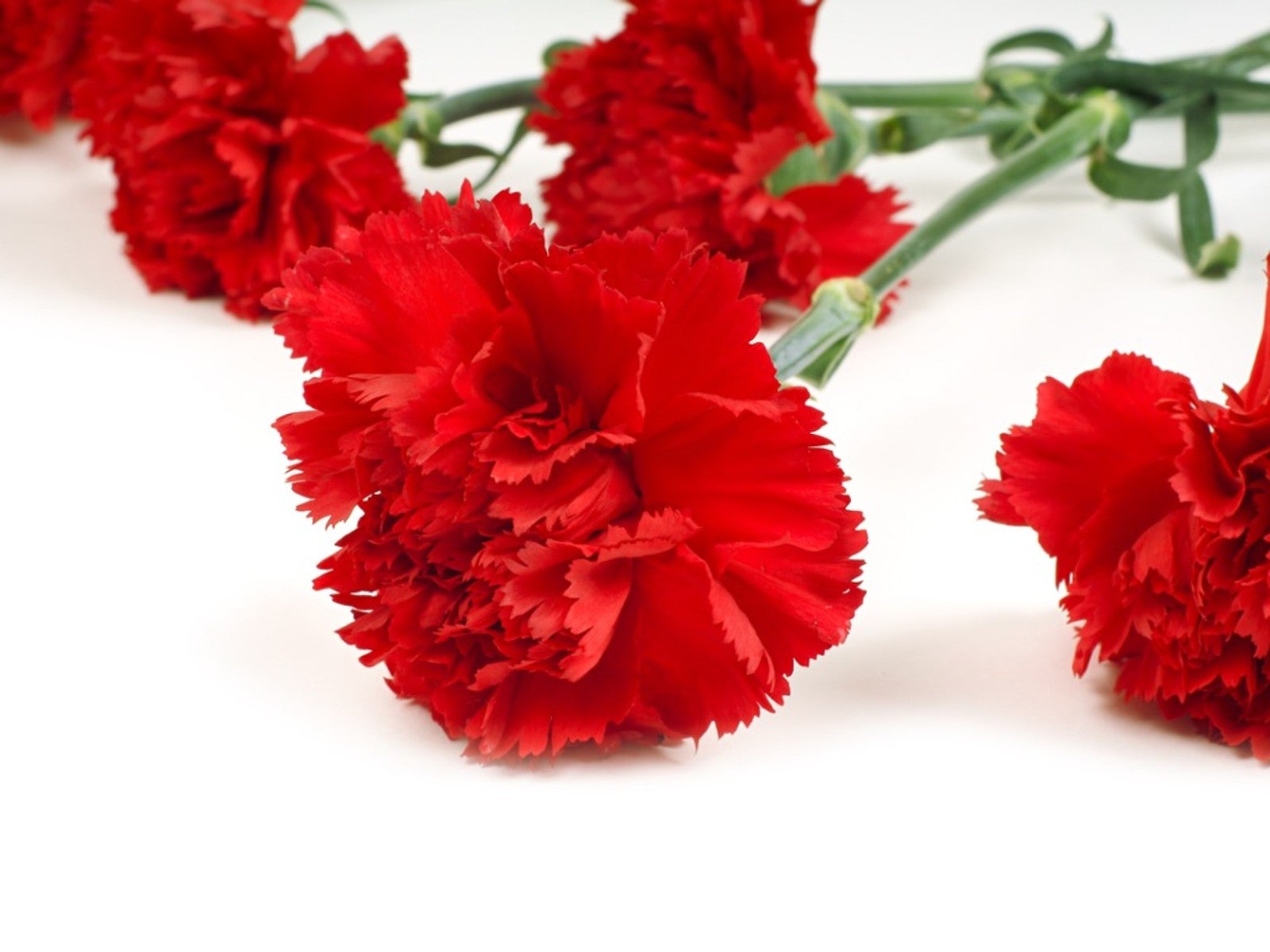 Reasons To Celebrate National Carnation Day
Reasons To Celebrate National Carnation DayLearn the fascinating American history of the red carnation, as Ohio celebrates National Red Carnation Day on January 29.
By Mary Ellen Ellis
-
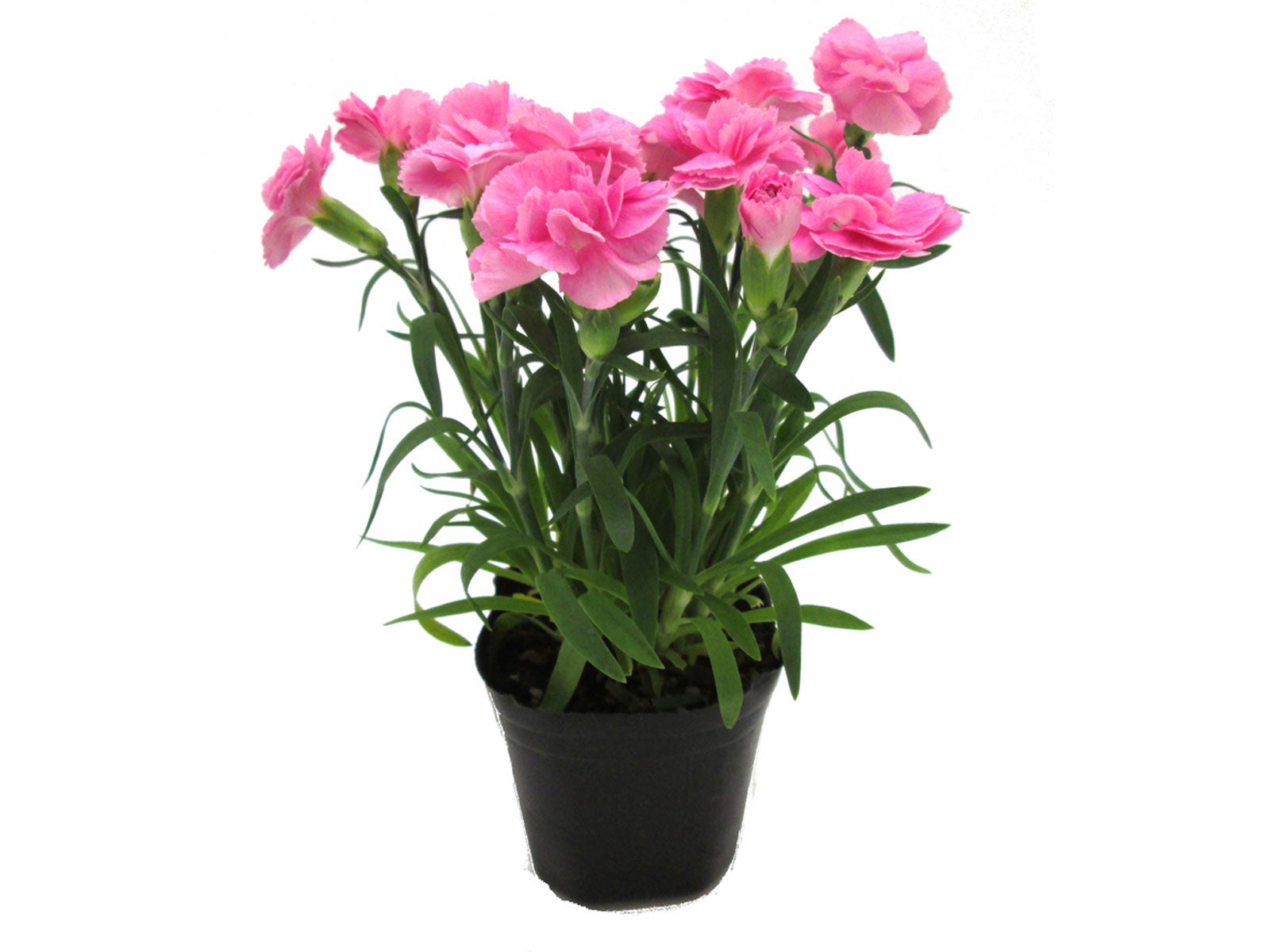 Carnations In Containers – Learn About Potted Carnation Plants
Carnations In Containers – Learn About Potted Carnation PlantsCarnations are extremely popular and make stunning cut flower arrangements. They are also an excellent choice for growth in containers. Carnations in containers can bring much needed color to small landscape plantings, as well as window boxes. Learn more here.
By Tonya Barnett
-
Septoria On Carnations – Learn About Carnation Leaf Spot Control
Carnation septoria leaf spot is a common, yet highly destructive, disease that spreads rapidly from plant to plant. However, septoria leaf spot of carnations is relatively easy to manage if caught early. To learn more about this disease, click the following article.
By Mary H. Dyer
-
Carnation Rhizoctonia Stem Rot – How To Manage Stem Rot On Carnations
There are few things as delightful as carnations. They are relatively easy plants to grow but can develop fungal problems. Carnations with rhizoctonia stem rot, for instance, are a common problem. Click here to learn the symptoms and treatment for this common disease.
By Bonnie L. Grant
-
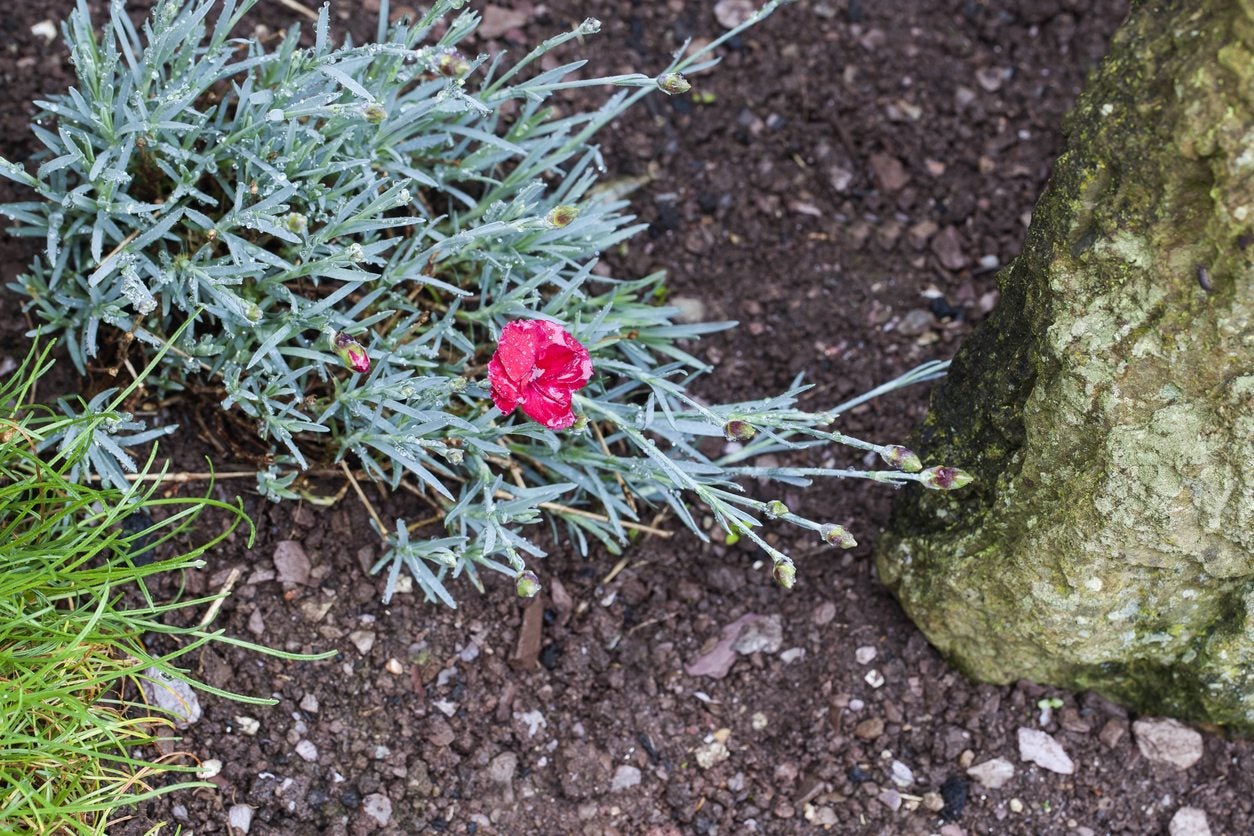 Clove Pink Herb Plants – Learn About Clove Pink Uses In The Garden
Clove Pink Herb Plants – Learn About Clove Pink Uses In The GardenClove pink herb plants are related to carnations and the recognizable scent of clove is borne on the blooms. These lovely little plants are charming additions to the garden. Learn how to grow clove pink herbs in this article.
By Bonnie L. Grant
-
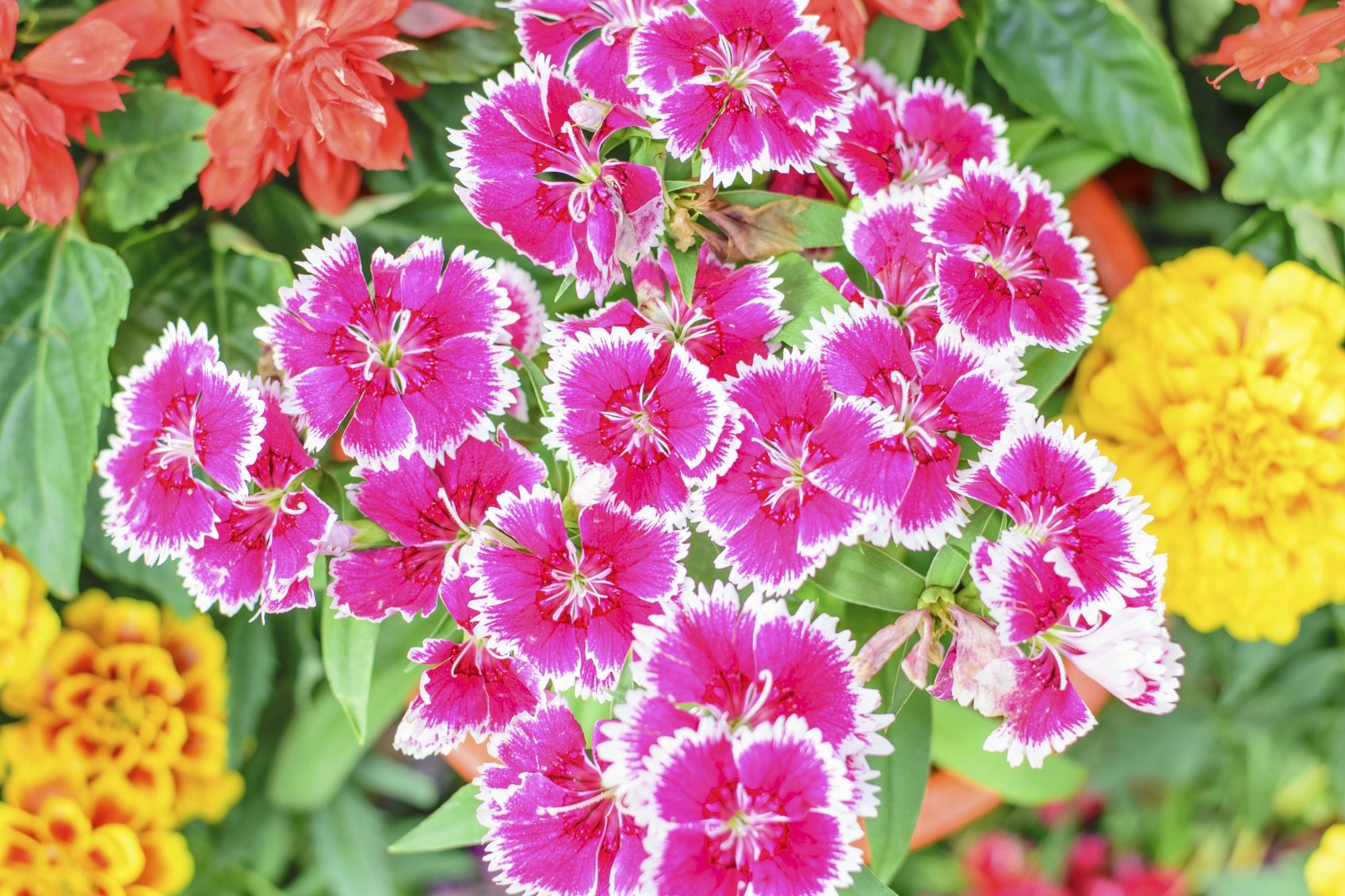 Companion Plants For Dianthus – Tips On What To Plant With Dianthus
Companion Plants For Dianthus – Tips On What To Plant With DianthusDianthus are low-maintenance plants prized for their ruffly blooms and sweet-spicy scent. If you're wondering what to plant with dianthus in your garden, click this article to get some helpful tips and suggestions.
By Mary H. Dyer
-
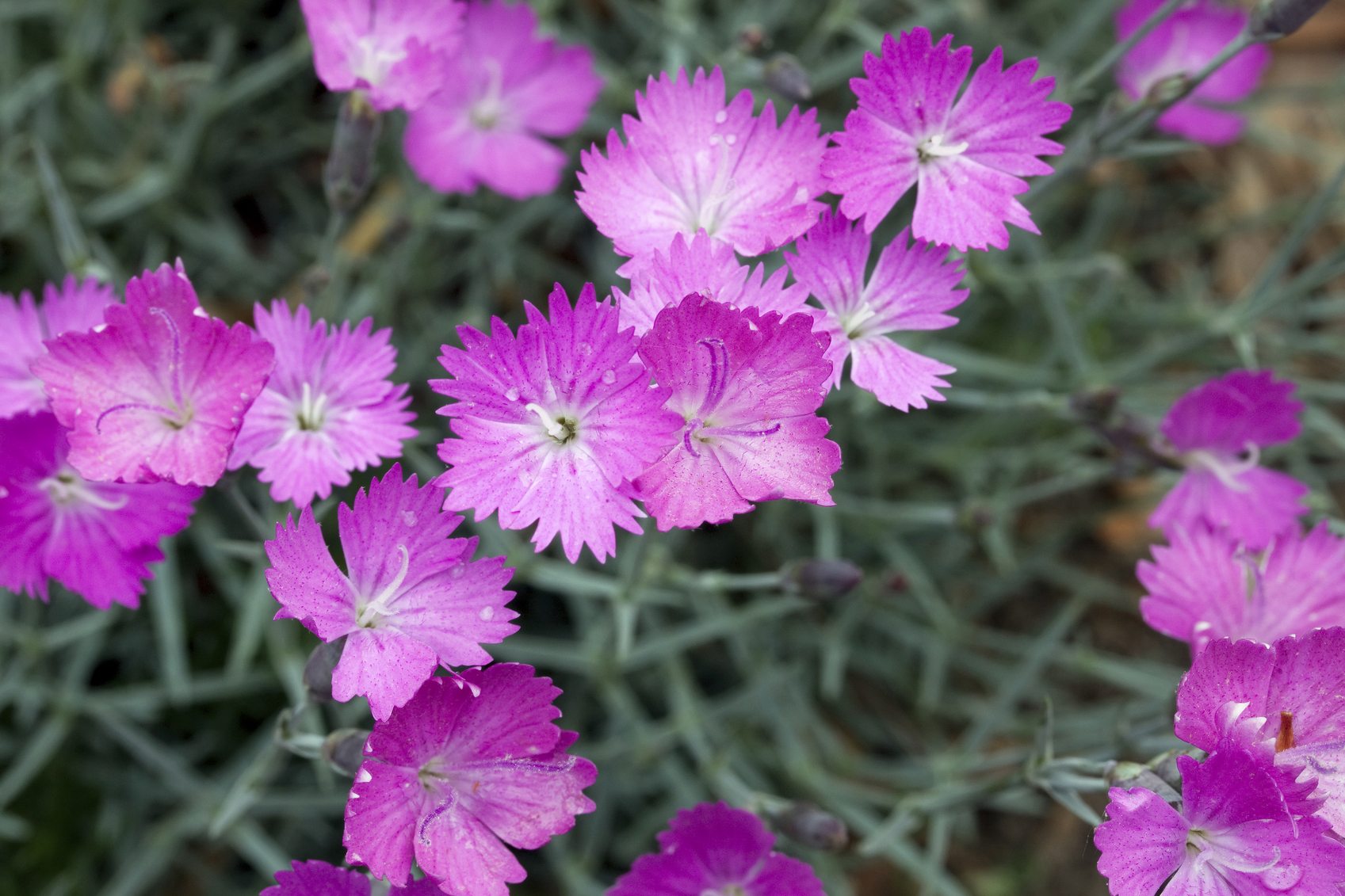 What Is Firewitch – How To Care For Firewitch Dianthus Plants
What Is Firewitch – How To Care For Firewitch Dianthus PlantsOftentimes, I am asked by customers for specific plants only by description. For example, "I'm looking for a plant I saw that's grass-like but has little pink flowers". I find it is Firewitch dianthus that has caught their eye. Learn more about it here.
By Darcy Larum
-
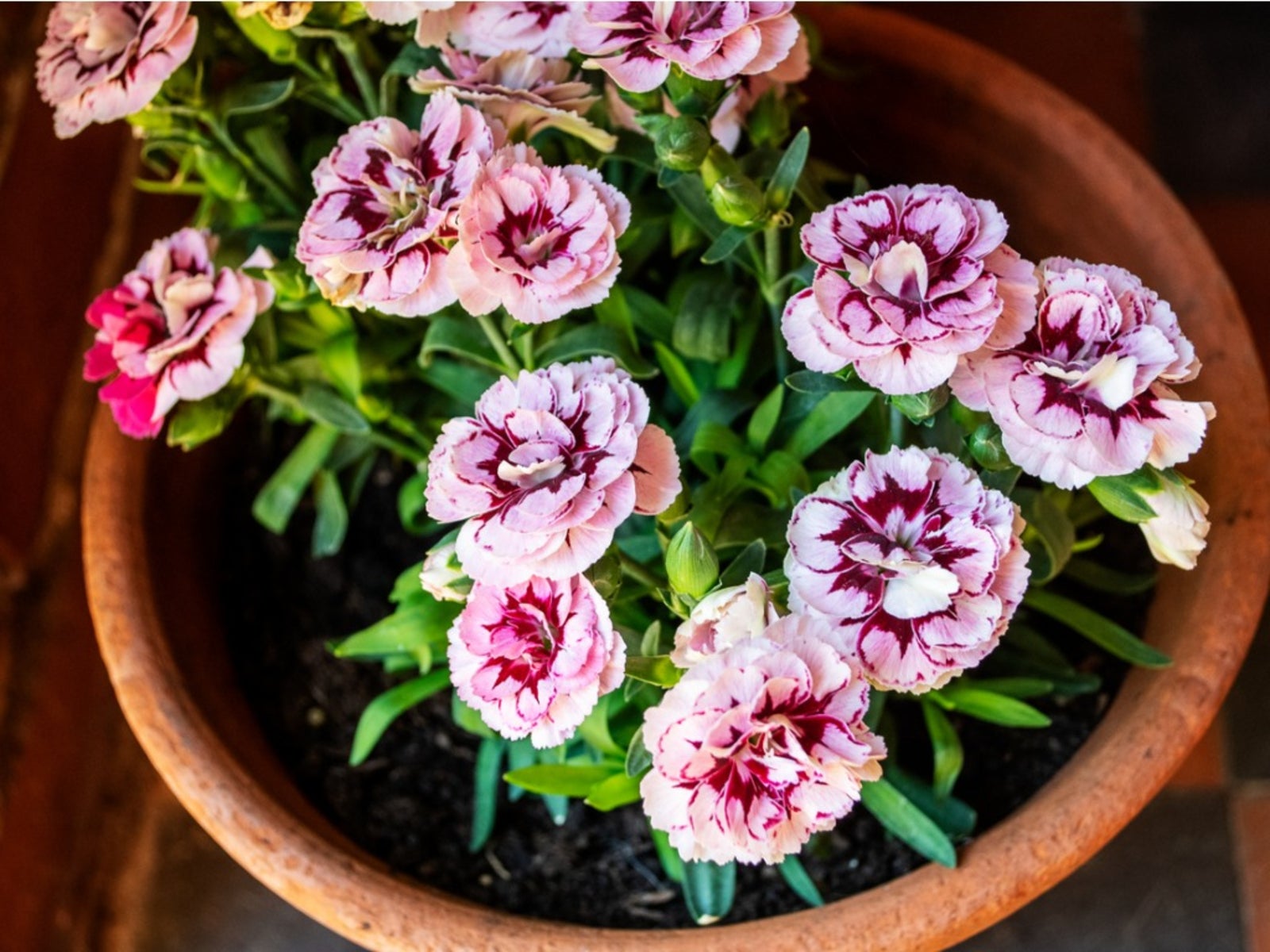 Carnation Garden Plants: Tips For Growing Carnations
Carnation Garden Plants: Tips For Growing CarnationsCarnations remain the most popular cut flower, and many people want to know how to grow carnation flowers. Anyone can learn about growing carnations and enjoy the rewards by reading this article.
By Gardening Know How